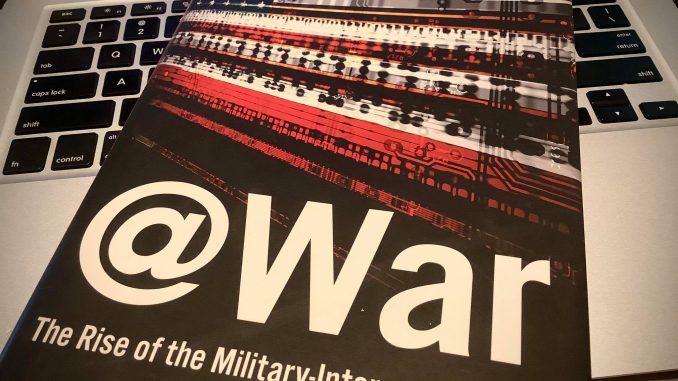
REDING NOTE #1:
Found a note attached to my reading list somewhere around June, 2019. The book is @War: The Rise of the Military-Internet Complex by Shane Harris (2014). ISBN 978-0-544-25179-3.
“The supreme art of war is to subdue the enemy without fighting.” – Sun Tzu, “The Art of War”
Cyberspace is now considered the fifth domain of war after Land, Air, Sea and Space.
Several actual incidents in the past, involving inter-state and cross-boundary intrusion, act as grim but real scenarios of clear and present threats to sovereignties.
The cyber threat facing all sovereignties is far-reaching, diverse and yet not widely recognised. In actual terms, the threat creates real challenges for government agencies, businesses, society and individuals, and most importantly, for the military and national defence forces.
Malware, for example, is capable of taking offline a nuclear programme and endangering many lives, and Stuxnet (a.k.a. ‘Olympic Games’ 2008-2011) further demonstrates that ICT Security is now a matter of national security. The well-known cyber-attacks on Estonia in 2007 is arguably one of the most publicised hacking operations in recent computing history.
Deduced from these, other forms of cyber threat include, but not limited to, destructive attacks on the banking system and stock exchange, electric and water utilities, power plants, telecommunication networks and the Internet, airspace and air traffic control, and public transport systems such as trains and subways. Not to mention the immobilisation of armoured vehicles and military drones in the battlefield. These security-breach incidents, known and hitherto unknown, demonstrate the effectivenessof propaganda and malicious attacks in the cyber domain. They herald the new era of battlefields where cyber warfare tools and techniques are used in today’s digital conflicts.
Threats of the current time and the near future require specific skills in detecting and defending against espionage, hacktivism, insider threats and non-state actors, not excluding organised criminals and terrorists. It is to be cautioned that attacks on our sovereignty will come from multiple vectors/actors without any forewarning.
Cyberspace is a key element of the contemporary battlespace, whether we like it or not. It is critical, therefore, that the nation responds accordingly and develops the capabilities required to successfully protect itself in the war of nations, fought through kinetic strikes and the cyberspace.
It means our defence system must be alert and ready 24/7, and our intelligence and alert systems must be able to detect and neutralise these threats, every time and without fail.


Be the first to comment